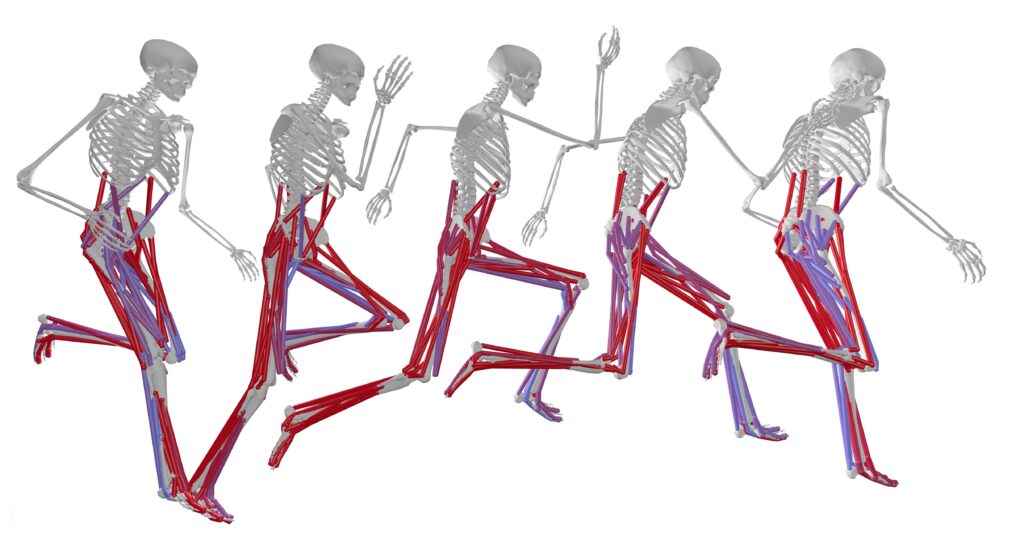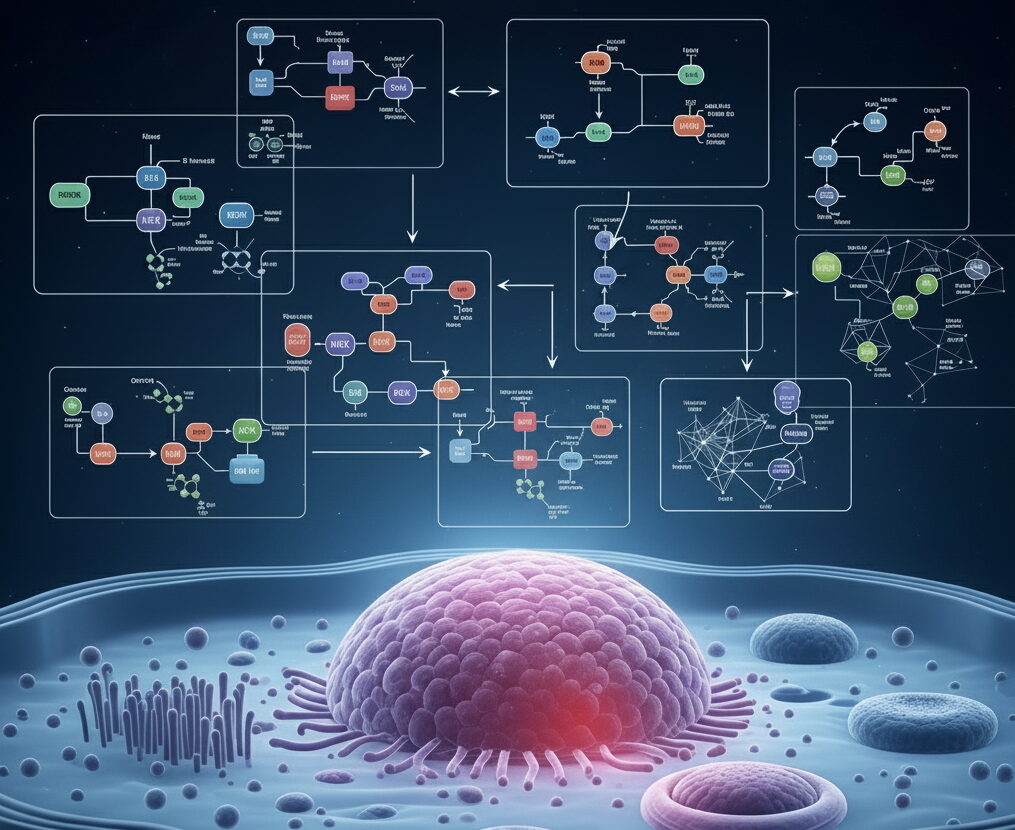Model predicts how muscles respond to endurance and resistance training
Collaborators

When we exercise, our muscles change depending on the type and intensity of the exercise. Understanding the changes and the interactions between them is challenging to do from just experiments. So researchers from the Wu Tsai Human Performance Alliance at UC San Diego developed a computational model based on 87 studies on human and rodent muscle cell responses to endurance or resistance exercise. They were then able to make predictions about how our muscles change after endurance or resistance exercises, or a combination of both.
Published in Experimental Physiology, the team’s model was a comprehensive representation of eight molecular pathways that regulate skeletal muscle cell responses to exercise and the cross-talk between them. The model’s output included the activity of 28 specific genes that are known to change with exercise. Twelve phenotypic outcomes could also be generated by the model, including inflammation, protein synthesis, cell growth, and protein degradation. They compared their model’s predictions of different protein activities to experimental results found in other studies (not those used to develop the model) and found that their model was accurate 85% of the time for resistance exercise and 75% for endurance training.

Canva Pro Images
The team also tested which parts – or nodes – of the model are most responsible for controlling gene expression by seeing what would happen if they decreased the activity levels of some parts of the model. They then observed which of these modifications caused the greatest total changes in activity, and these nodes were identified as key regulators of exercise response. Based on the model, resistance exercise mainly helps with cell growth and protein synthesis, while endurance exercise activates inflammation. These results suggest the model is able to capture many well-known differences between how resistance and endurance exercises affect muscle signaling.
However, there were discrepancies between the model and published experimental results, which could be addressed by refining the model in the future. For example, the model is not muscle specific and does not distinguish between eccentric and concentric contractions. Still, the model is a promising new tool for exploring the “cross-talk between skeletal muscle signaling pathways activated by endurance and resistance exercise,” wrote the researchers. It may also help explain how endurance training may sometimes interfere with resistance training results. The new model will be a valuable tool for analyzing the large exercise data sets now coming from the Molecular Athlete moonshot at the Salk Institute and new experiments in La Jolla on resistance exercising rodents.
This study is part of the Wu Tsai Human Performance Alliance Multiscale Athlete moonshot to synthesize experimental measurements across biological scales to predict molecular and cellular states of tissues and their effects on whole body performance. Co-authors include Annabelle Fowler, Katherine R. Knaus, Stephanie Khuu, Ali Khalilimeybodi, Simon Schenk, Samuel R. Ward, Andrew C. Fry, Padmini Rangamani, Andrew D. McCulloch.
Latest News

September 23, 2025
In sprinting, where the foot lands may be key to speed

September 17, 2025
Cyclists with similar power use different muscle strategies

September 15, 2025
A new framework for trusting modeling predictions in biology
Get Engaged
Join our mailing list to receive the latest information and updates on the Wu Tsai Human Performance Alliance.
